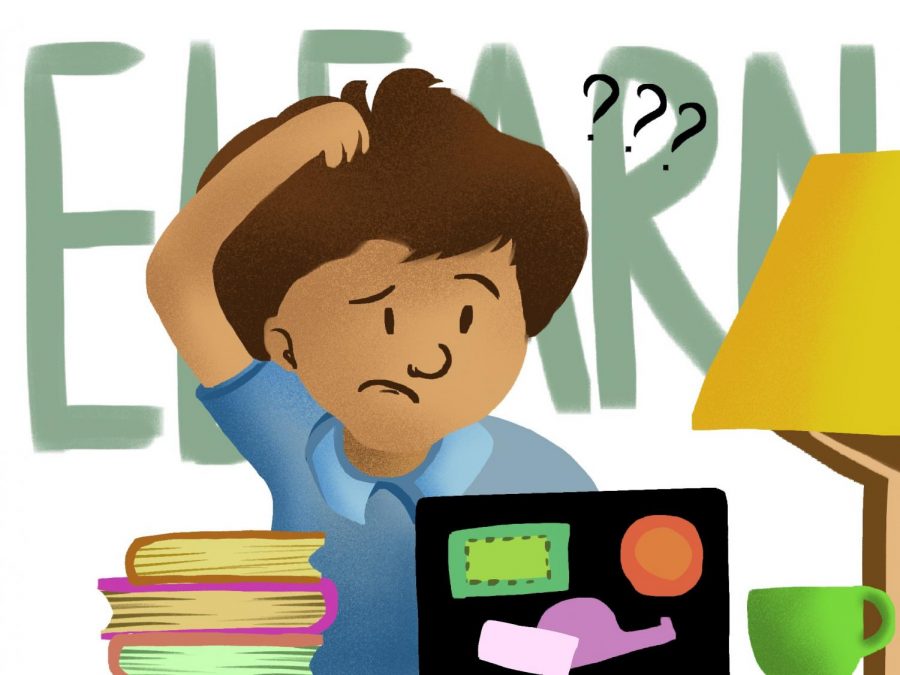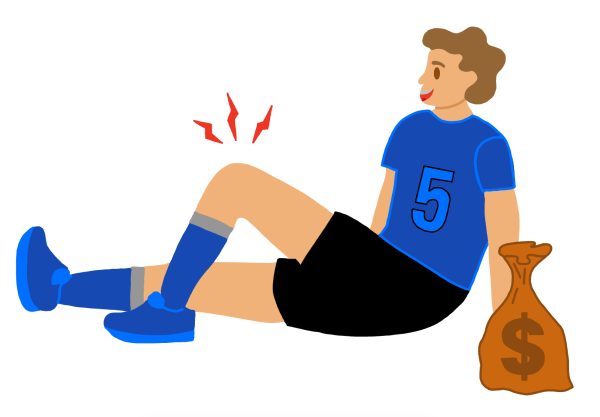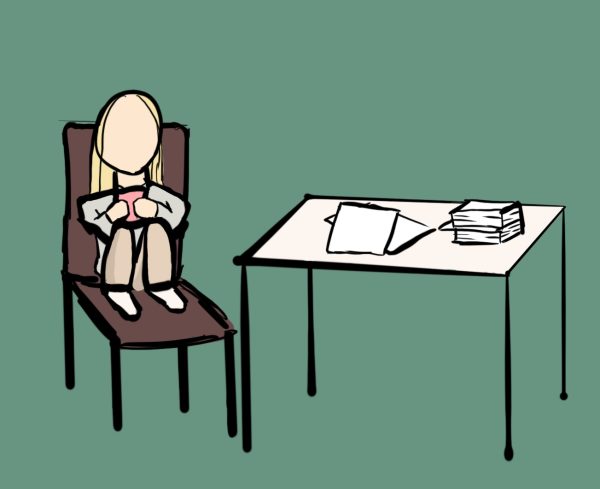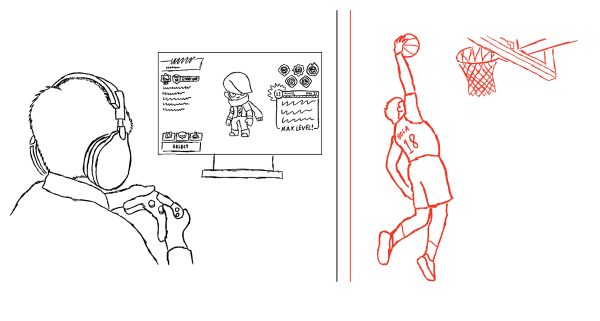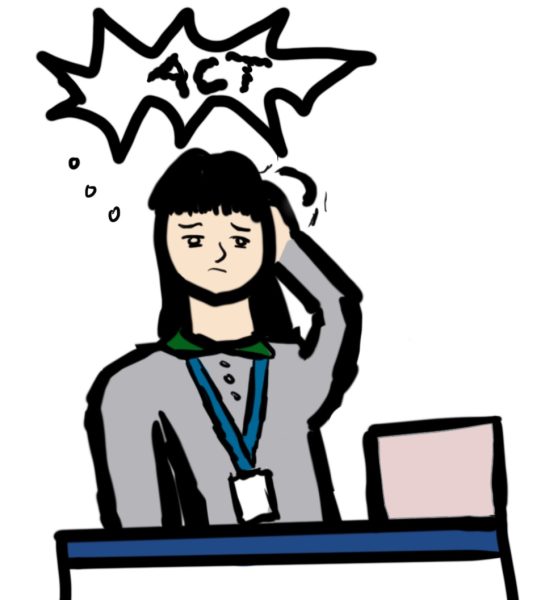As Schools Turn to E-Learning, Students Struggle
Let’s be honest, 2020 has been a year to forget. It started with the COVID-19 pandemic, followed by civil unrest, and with an all-important election coming up, more surprises are to come. What the media and people in power fail to understand is how these events are affecting children. The most prominent change that faces children is the transition from in-person classes to e-learning. During the early days of the pandemic, students were abruptly forced to take classes online. These actions were justified because health officials did not know how this virus would affect the general population. With the new school year starting and cases dwindling in almost every state, why are some school districts still clinging to mandatory e-learning? Many school districts like District 220 in Barrington decided to remain online until the end of the year. The District 220 school board stated that they want to guarantee the physical health of students. At a recent school board forum, District Superintendent Brain Harris backed up his organization’s actions saying, “it became overwhelmingly impossible to maintain a 6-foot distance in our schools all the time”.
However, those in charge failed to realize the great emotional impact that e-learning poses. Humans are very social organisms, and when deprived of social interaction, things like mental health worsens. Online learning cuts out all physical interactions. Students are unable to give a fist bump to their friends in the hallway or play the sports that they love so much. Early studies have shown that e-learning has played a significant role in the increase of depression and anxiety amongst adolescents. When done right, transmission amongst students in school can be minimal, as shown here at Saint Viator.
E-learning has also brought up questions about academic fairness, even at institutions that have adopted the hybrid model. At Saint Viator, in-person students, in some instances, are forced to do more work compared to their online counterparts. An example of this is shown in physical education classes. In the P.E leaders preparation class, in-person students are forced to participate to the standards set out by the teacher. On the other hand, online students have to fill out an activity form without having to abide by these same standards. Government officials must transition back to in-person learning to ensure the emotional needs of students are met, educational goals are met, and fairness is achieved for all students regardless of circumstance.
Your donation will support the student journalists of Saint Viator High School. Your contribution will allow us to purchase equipment and cover our annual website hosting costs.



